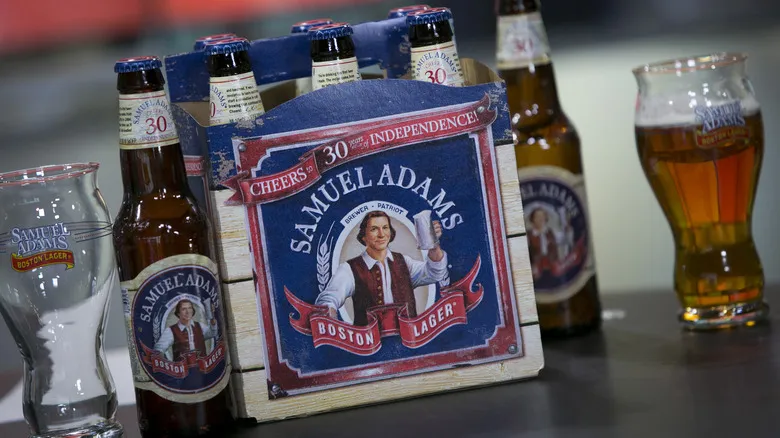It comes down to storing your beer the right way
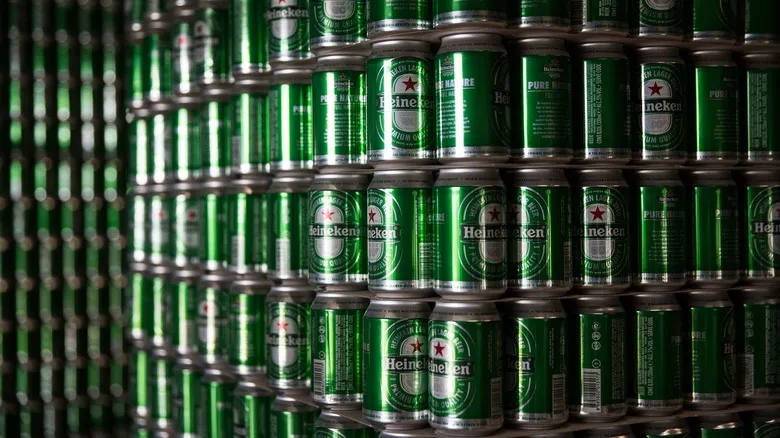
Unlike wine, beer doesn't require a special chiller to maintain its coolness. However, as indicated on the label, it does have optimal storage conditions.
Let's start with temperature. Whether in cans or bottles, it's best to keep your beer as cool as possible. The Brewers Association recommends the 3-30-300 Rule: at 90 degrees Fahrenheit, beer lasts for three days; at 72 degrees Fahrenheit, it lasts for 30 days; and at 38 degrees Fahrenheit, it can last up to 300 days. When properly chilled, both canned and bottled beer can easily remain fresh for nearly a year.
The second factor to consider is light exposure. The warning to "keep away from direct sunlight" on the label is serious. The hops in beer can react negatively to sunlight, resulting in a skunky, stale flavor. This issue primarily affects bottled beers, as sunlight can penetrate the semi-transparent glass. Canned beer, on the other hand, is not affected by light because cans are completely sealed. Fortunately, many breweries have addressed this by using dark brown glass for their bottles, which helps block some of the harmful UV rays. Therefore, if you plan to store bottled beer for an extended period, it's advisable to choose dark-colored bottles over clear or green ones, as they will have a longer shelf life.
So, which one is really better?
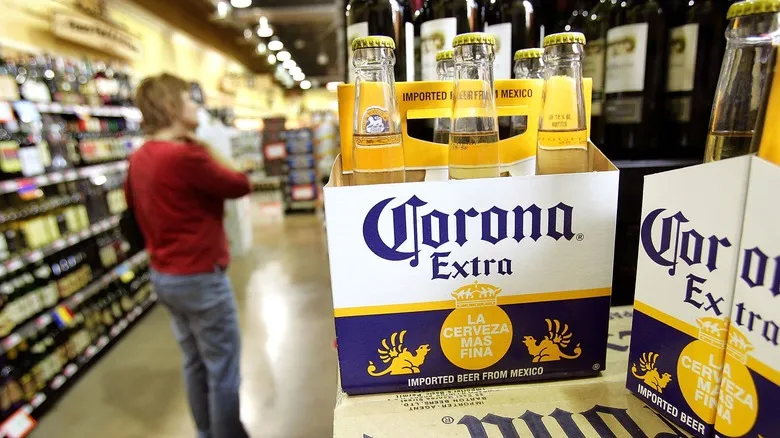
That being said, if you're considering the long-term, opting for the six-pack of cans appears to be the superior option. Cans are not only lighter and more convenient for storage, but they also provide better protection for the beer due to their light-blocking and airtight properties compared to bottles. However, this approach works well if you're just stashing away a few Bud Lights, as many craft breweries typically package their beers in bombers rather than cans.
In such cases, you'll need to take extra precautions with the beer bottles to maintain their flavor. It's important to keep them out of direct sunlight as much as possible, even if they have a tint that blocks light. Certain bottled beers can develop a skunky taste after just 30 seconds of exposure to sunlight.
Ultimately, regardless of the type of beer, it's best to store it in the refrigerator. The cooler environment helps preserve the flavors and prevents them from deteriorating too soon. By following these guidelines, both canned and bottled beers can remain fresh for up to a year or even longer.
Recommended

12 US Cities Every Beer Lover Should Visit
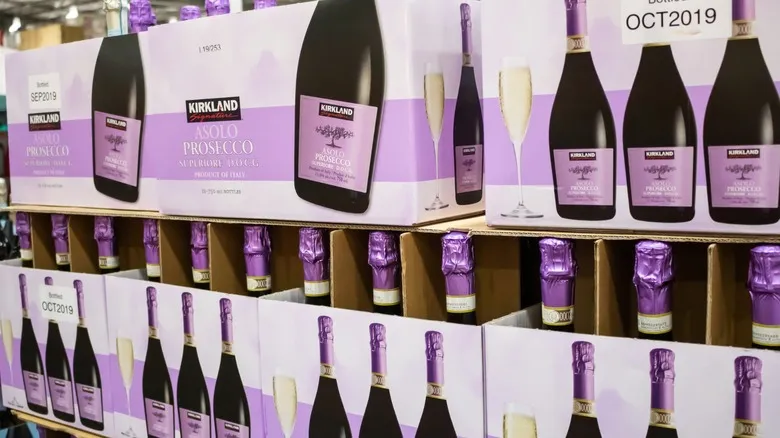
Why Costco's Kirkland Brand Prosecco Is A Big Deal

One Mistake To Resist When Pairing Wine With Salmon
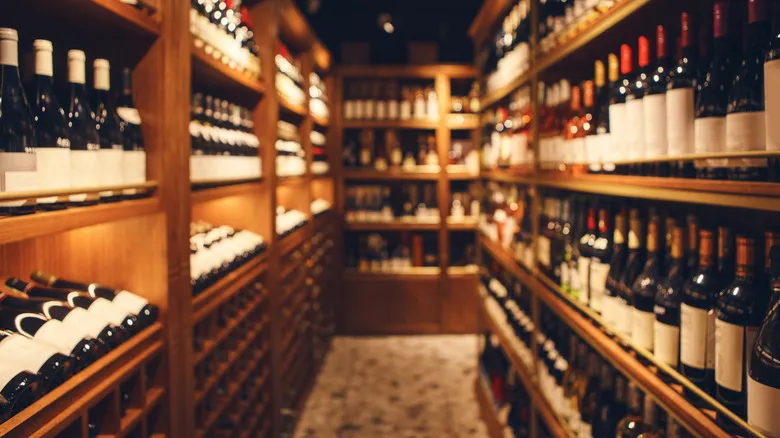
Helpful Tips To Know That Will Save You Money On Wine
Next up

